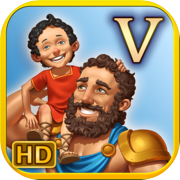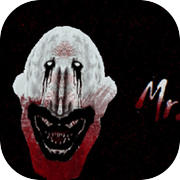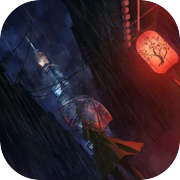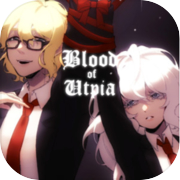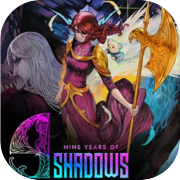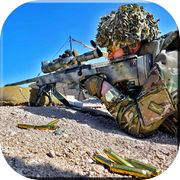Souls of White Star

Join Our Discord
Our [email protected]
About the Game
Souls of White Star combines the key elements of DBG, such as card collection and deck building, with tactical gameplay features such as grid-based movement, attack range, terrain elements, and more.
The game's 3 main factions , 10 majors, 20 chronoweapons, and over 700 cards and 150 spacecrafts, ensure ample replayability.
In terms of card collection, this game has abandoned the traditional single-card acquisition model found in other card games. Here, players can obtain cards through means such as winning battles, building bases, copying enemy decks, and completing exploration events. They can also delete cards through means such as battle rewards, technology upgrades, and event exploration. This allows players to quickly build their card decks, much faster than in similar games.
The game has optimized the card-drawing system for unlucky players. In this game, players need to spend resources to draw cards, but playing a card does not require any cost. By spending different amounts of resources, players can draw white, blue, purple, and gold cards, effectively avoiding situations where they cannot draw the cards they need and reducing the risk of early defeat.
During battles, players can use the game's unique flip Cards system to convert surplus or unwanted cards into action points for specific units, enabling greater flexibility and preventing the problem of being stuck with unusable cards in hand.
The game features a story-driven campaign mode and a gameplay-focused standard mode. At the initial release of the game's early access version, there were a total of four chapters. It is expected that upon the official release, there will be a total of twelve chapters.
During the game, every player will always have their own unique ideas. In order to make it easier for players to implement their ideas, we have already supported the workshop before the game was released!
Our [email protected]
About the Game
Souls of White Star combines the key elements of DBG, such as card collection and deck building, with tactical gameplay features such as grid-based movement, attack range, terrain elements, and more.
The game's 3 main factions , 10 majors, 20 chronoweapons, and over 700 cards and 150 spacecrafts, ensure ample replayability.
In terms of card collection, this game has abandoned the traditional single-card acquisition model found in other card games. Here, players can obtain cards through means such as winning battles, building bases, copying enemy decks, and completing exploration events. They can also delete cards through means such as battle rewards, technology upgrades, and event exploration. This allows players to quickly build their card decks, much faster than in similar games.
The game has optimized the card-drawing system for unlucky players. In this game, players need to spend resources to draw cards, but playing a card does not require any cost. By spending different amounts of resources, players can draw white, blue, purple, and gold cards, effectively avoiding situations where they cannot draw the cards they need and reducing the risk of early defeat.
During battles, players can use the game's unique flip Cards system to convert surplus or unwanted cards into action points for specific units, enabling greater flexibility and preventing the problem of being stuck with unusable cards in hand.
The game features a story-driven campaign mode and a gameplay-focused standard mode. At the initial release of the game's early access version, there were a total of four chapters. It is expected that upon the official release, there will be a total of twelve chapters.
During the game, every player will always have their own unique ideas. In order to make it easier for players to implement their ideas, we have already supported the workshop before the game was released!
Available on devices:
- Windows




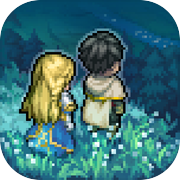
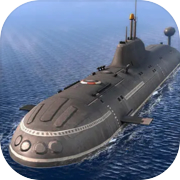
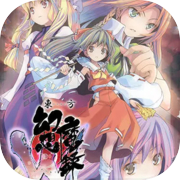
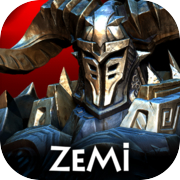
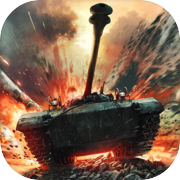


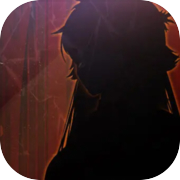


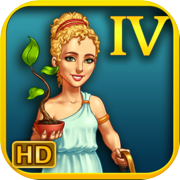
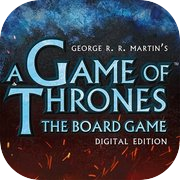



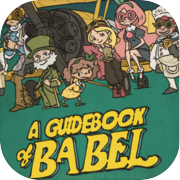
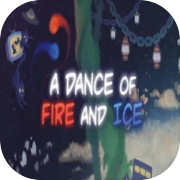







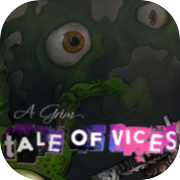

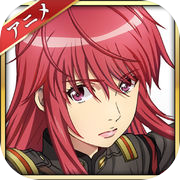
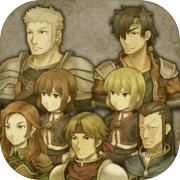







![[Premium] Knights of Grayfang](https://images.mvpgame-win.com/images/vyatqf4as34.png)


![[FUN Game]Heroes Of Mavia Arts](https://images.mvpgame-win.com/images/1hoytjwlhjn.png)

